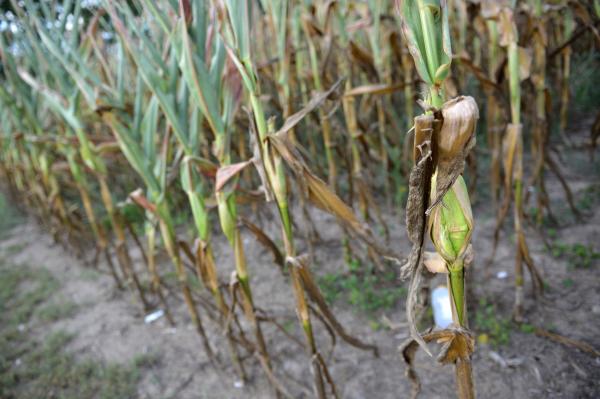
WAGENINGEN, Netherlands, Jan. 7 (UPI) — Previous research has suggested rapid or sudden environmental change often precipitate accelerated evolutionary adaptation and speciation. Now, scientists say the opposite is also true.
According to new research out of the Netherlands, slow or subtle environmental change slows evolution, leading to fewer adaptations.
With growing concerns about climate change and the ability of plants and animals to adapt, some scientists have questioned whether slowing down global warming would be beneficial.
To find out, researchers at the Wageningen University and Research Centre subjected yeast to variety of environmental changes. Specifically, the yeast strains where exposed to varying concentrations of the heavy metals cadmium, nickel and zinc.
Yeast strains were allowed to grow for 500 generations. Some strains were exposed to more rapid change, ramping up the levels of nickel or zinc, while others were subjected to slower rates of change.
“You might intuitively expect that giving them some respite by increasing the concentration more slowly causes them to end up being more adapted,” Florien Gorter, a PhD candidate in evolutionary genetics at Wageningen, said in a press release.
“But we did not find any evidence for that,” Gorter continued. “However, even if the performance of the evolved populations is very similar, it could still be that changes on the DNA level are different. We are now investigating if that is indeed the case.”
Though yeast as a rather simple organism, researchers say it is similar enough to plants and animals to offer valuable insight into the nature of evolution and adaptation.
Researchers published their findings in the journal The American Naturalist.






